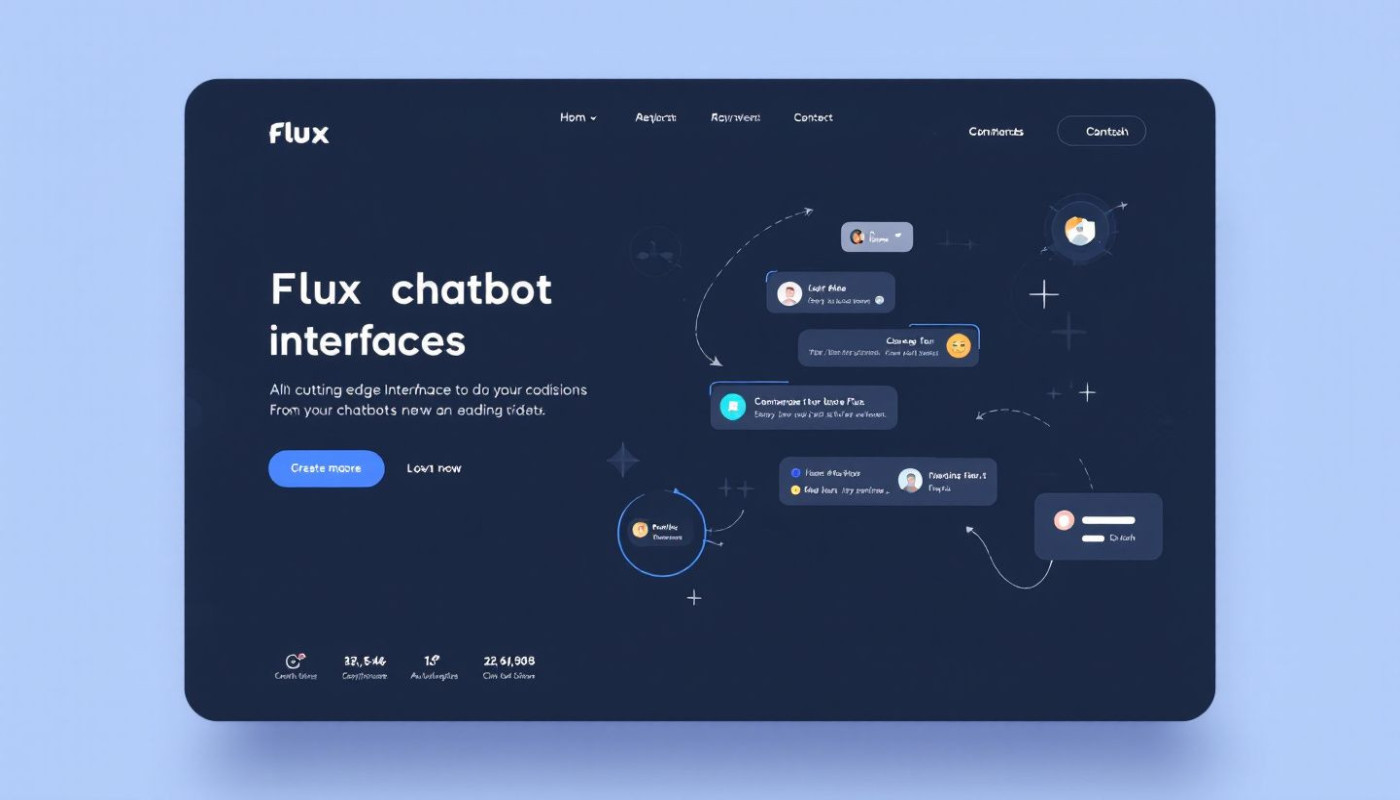Table of contents
In a rapidly evolving digital landscape, the demand for multilingual tech support has skyrocketed, reflecting our increasingly globalized society. As technology bridges the gap between continents, it brings forth the challenge of providing seamless customer service across language barriers. This discussion delves into the intricacies of multilingual tech support, its implications for businesses and customers alike, and strategies for effective implementation. Embark on a linguistic journey that promises to unlock the potential of customer support in a diverse world, enhancing user experience and fostering international market growth.
The Rise of Multilingual Support
In the realm of customer service, the ability to interact with and assist users in their native language is more than a courtesy; it's a strategic business decision. With the burgeoning global customer base, companies are recognizing the significance of language diversity to ensure customer satisfaction and loyalty. Not only does multilingual tech support make services accessible to a broader demographic, but it also stands as a testament to a brand's commitment to inclusivity. In addition, offering support across various languages affords companies a competitive advantage in a market where personalization and customer experience are paramount. Integral to this approach is localization, which involves adapting products and services to meet the cultural and linguistic expectations of different regions. Nonetheless, this endeavor comes with its own set of challenges, including the recruitment of skilled multilingual staff and the integration of sophisticated translation technologies. Despite these obstacles, the shift towards multilingual support is indicative of an evolving digital world that values connectedness and cultural competence.
Technological Solutions for Language Barriers
Translation technology and real-time interpretation are at the forefront of tackling linguistic obstacles in customer support environments. These tools are not only key to bridging the gap between different languages but also enhance communication efficiency, ensuring that customers receive help in their preferred language. The integration of artificial intelligence and machine learning into these systems has further improved their efficacy, allowing for more accurate translations and contextual understanding. Support scalability is another significant benefit, as businesses can cater to a global clientele without the need for extensive multilingual staff. When considering the implementation of such technologies, companies like DataExpertize offer insights and solutions that leverage these advanced technical capabilities to enhance customer experience and operational effectiveness. By visiting DataExpertize, organizations can learn more on how to integrate these innovative tools into their customer support strategy.
Training and Developing Multilingual Staff
To deliver exemplary service in a global market, businesses must focus on the rigorous staff training of their support personnel. It's not solely about achieving language proficiency; it's also about nurturing cultural competence. When support staff understand the subtle nuances of the languages they operate in, alongside the cultural context of their customers, they can engage in effective cross-cultural communication. These capabilities ensure that tech support transcends barriers, making every interaction linguistically accurate and culturally resonant. Moreover, ongoing professional development is paramount in keeping up with the dynamic nature of language and culture, which in turn, fortifies customer relations. A company invested in regular training and upskilling initiatives is often rewarded with increased customer loyalty and satisfaction, as it reflects a commitment to understanding and meeting customer needs in a culturally diverse landscape.
Measuring the Impact of Multilingual Support
In evaluating the benefits that multilingual support brings to an organization, one must consider various performance metrics that reflect both the quality of service and the efficiency of response. Customer feedback serves as a foundational element in this assessment, providing direct insight into the satisfaction levels of users who engage with support in their native language. By closely monitoring response efficiency, businesses can pinpoint the effectiveness of their multilingual support staff and identify areas for enhancement. Service quality, when measured through the lens of language accessibility, often reveals a positive correlation with overall business outcomes, as customers are more likely to remain loyal to brands that cater to their language preferences. Furthermore, the use of analytics in this context allows for a rigorous analysis of support interactions, offering a detailed understanding of how language capabilities influence customer engagement and resolution times. These metrics collectively paint a comprehensive picture of the impact that multilingual support has on a company's success and the customer experience.
Future Trends in Multilingual Tech Support
As businesses continue to engage with a diverse, global customer base, the need for innovative solutions in multilingual tech support becomes increasingly clear. The integration of emerging technologies is poised to revolutionize the customer experience, particularly through advancements in natural language processing (NLP). This sophisticated technology allows for more fluent and accurate translations, enabling real-time communication across different languages and reducing the barriers to effective customer service. With global market trends favoring businesses that can operate seamlessly across borders, tech support services must adapt to these changes to ensure market expansion and maintain a competitive edge. Anticipating these shifts, companies are likely to invest more in technologies that enhance the quality and accessibility of multilingual tech support, in turn fostering a more inclusive and customer-centric approach to service provision.
On the same subject

Streamlining Your Business Processes Through Efficient Kubernetes Upgrade Deployment

Enhancing Cluster Security With Advanced Kubernetes Audit Techniques

Ensuring Seamless Service During A Kubernetes Cluster Upgrade

Exploring Best Practices For A Seamless Kubernetes Cluster Upgrade

How Personalized AI Companions Transform Digital Interaction?

How Choosing The Right Chatbot Builder Can Elevate Your Brand's Customer Service

Exploring The Future Of Customer Service With Advanced Chatbot Builders

Benefits Of Dedicated Server Protection Against DDoS Attacks

Exploring The Role Of Non-Coding Platforms In Democratizing AI Chatbot Creation

Exploring Advanced Techniques In AI Art Creation

Exploring The Benefits Of Open-source Patching For Operating Systems

Exploring The Benefits Of Integrating Free AI Chatbot Services Into Your Business

Tips On What To Do When A Major AI-powered Platform Is Inaccessible

Green Tech: The Answer to Climate Change?

